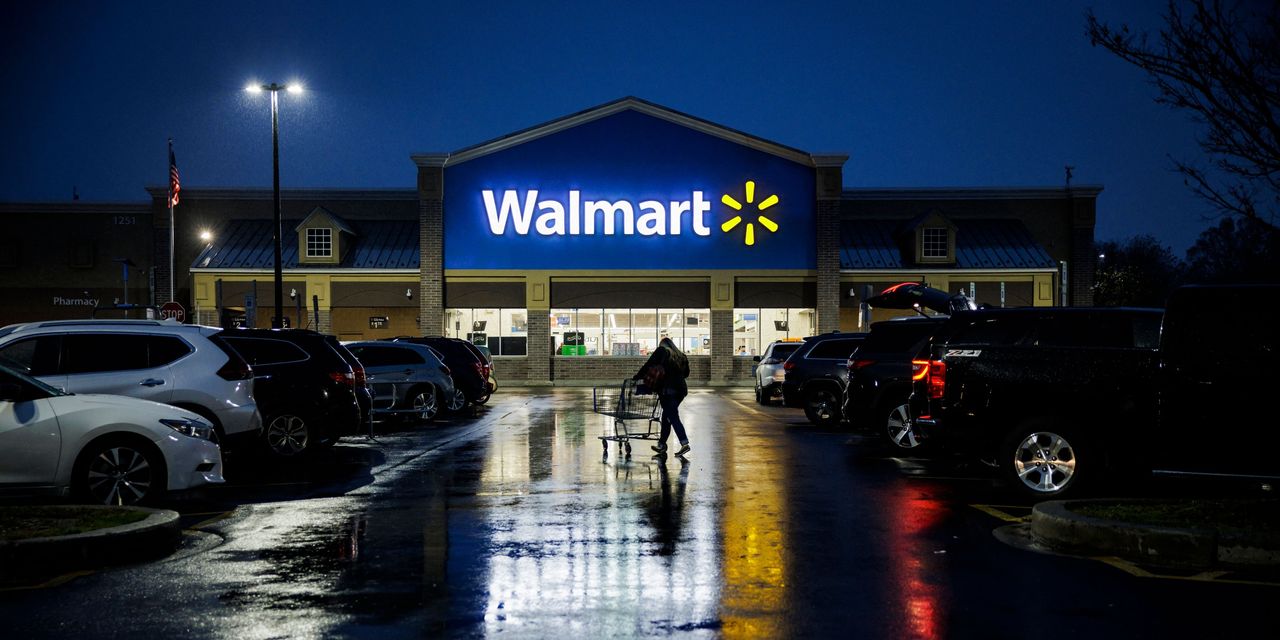
The U.S. economy got off to a surprisingly good start in 2023, but growth appears set to falter in the rest of the year as higher interest rates take a big bite.
Before the first quarter, many economists were predicting little to no growth. But fueled by an early surge in consumer spending, gross domestic product is forecast to rise 2% or more in the first quarter.
The Atlanta Federal Reserve’s GDP tracker, for instance, predicts that the economy likely expanded around 2.5% from January through March.
GDP is the official scorecard for the economy. The U.S. economy’s optimal long-run speed of growth is viewed as slightly under 2%.
Growth ran faster in the past few years, however, as the economy rebounded from the pandemic. Massive government stimulus policies and near-zero interest rates also helped turbocharge the economy.
The situation is dramatically different now.
The government is still spending plenty of money, but the pandemic stimulus spending has mostly faded away. And the Federal Reserve has jacked up a key interest rate over the past year at the fastest clip in decades as it battles to bring down high inflation. The so-called fed funds rate has now hit a top end of 5%.
Rapidly rising borrowing costs have already taken a toll on the economy.
The housing market, for example, saw a big slowdown in sales and construction last year after mortgage rates more than doubled to as high as 7%. Not much help is likely from this key segment of the economy.
“The housing market will likely be in recession through this year,” said senior economist Abbey Omodunbi of PNC Financial Services.
Manufacturers, for their part, have scaled back production in response to slower sales of goods. Surveys of executives also suggest they don’t see much improvement anytime soon.
More recently, higher interest rates contributed to the failure of Silicon Valley Bank last month and to a brief bout of turbulence in the U.S. financial system.
Even before the SVB collapse, lenders had been tightening standards and deposits had fallen gradually as investors sought better returns for their money. Fewer deposits usually translate into fewer loans to businesses and consumers.
“Although the banking industry may have stabilized, tightening lending standards could still be a catalyst for recession,” investment strategists Jason Pride and Michael Reynolds at Glenmede Trust Co. wrote in a note to clients.
The Fed might not be done, either. Wall Street widely expects the central bank to raise rates at least once more this year, most likely in early May.
The full effect of higher interest rates still hasn’t been felt.
Consumer spending — the main driver of the economy — is expected to slow somewhat further.
A big increase in retail spending in January, helped by unseasonably warm weather, was followed by declines in February and March. Retail spending has fallen in four of the past five months.
Surveys of consumers also indicate they plan to spend less on big-ticket items owing to higher interest rates and more uncertainty about the economy.
“The economy’s main growth driver is clearly running on fewer cylinders as consumers are zipping up their wallets,” said senior economist Bob Schwartz of Oxford Economics.
The effects of softening demand on businesses are not just evident in manufacturing.
Tech companies have laid off tens of thousands of employees in recent months, and other industries, including finance, have also cut jobs. These are the first signs that the labor market is softening.
Add it all up and a majority of Wall Street DJIA, -0.09% economists think a recession — or at least several quarters of weak or negative growth — is likely later this year
“A shallow recession is still on the horizon despite the deceptively strong first-quarter performance,” said chief economist Scott Anderson of Bank of the West.






